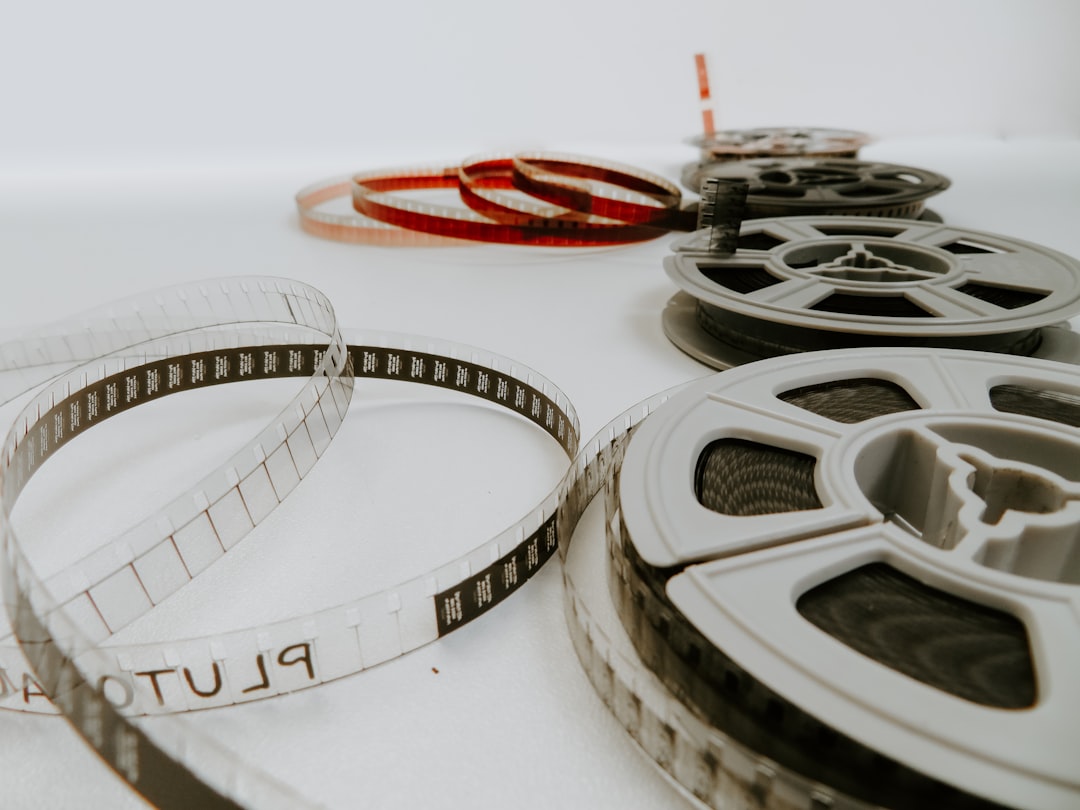What is it about?
This article asks whether and how curating in the Anthropocene differs from curatorial practice in the Holocene. With a focus on the oceans, the author analyses curatorial methodologies that not only speak about, but also through their subject matter in a performative way.
Featured Image

Photo by J K on Unsplash
Why is it important?
The recent proliferation of exhibitions about oceans calls for an analysis of their curatorial premises. The author argues that through a tidalectic (a term coined by Kamau Brathwaite) methodology – which takes cues from natural processes such as the ebb and flow of the tide – current ecological, societal and onto-epistemological shifts can be addressed productively.
Perspectives
I hope this article contributes insights into the oceanic turn in art and curating. I believe that the ocean is a powerful medium to unthink Western separations of subject matter and its representation. Summoning the oceanic in curatorial work may allow new perspectives in art as well as more caring relations with the planet.
Stefanie Hessler
Kunsthall Trondheim
Read the Original
This page is a summary of: Tidalectic Curating, Journal of Curatorial Studies, October 2020, Intellect,
DOI: 10.1386/jcs_00023_1.
You can read the full text:
Resources
Contributors
The following have contributed to this page










